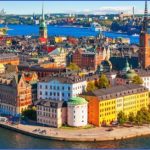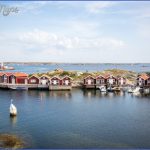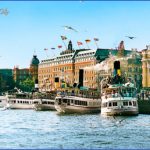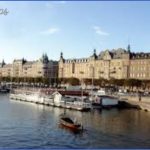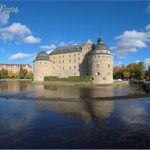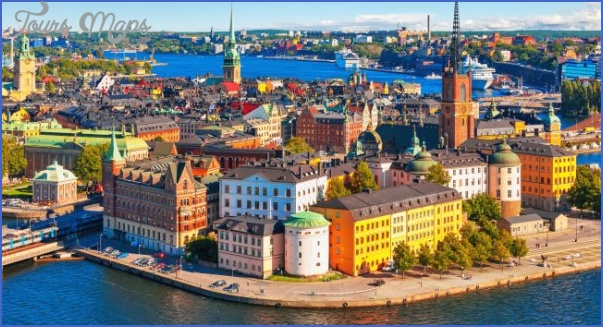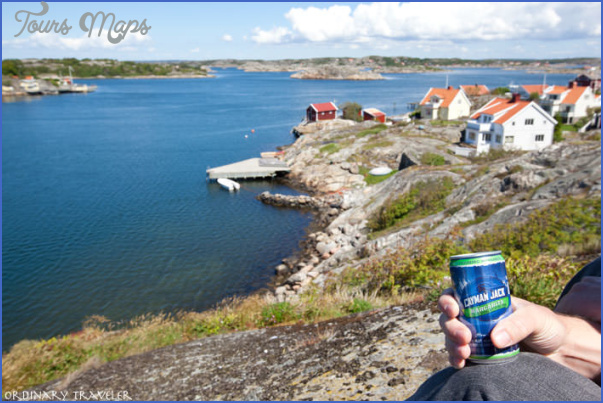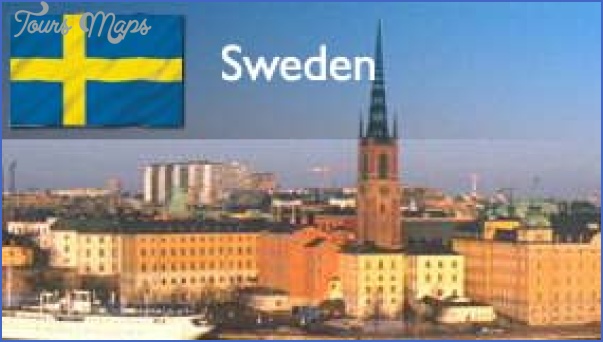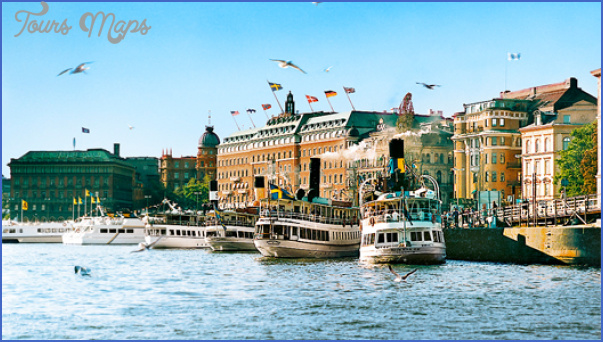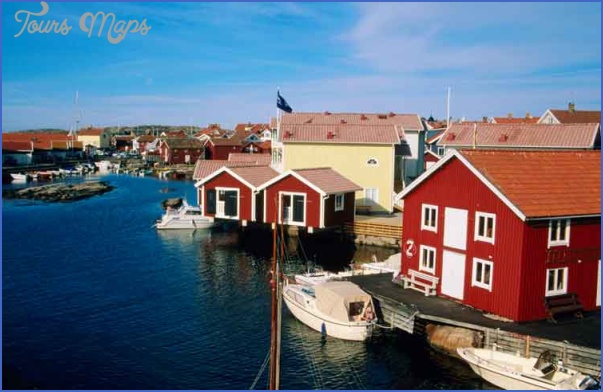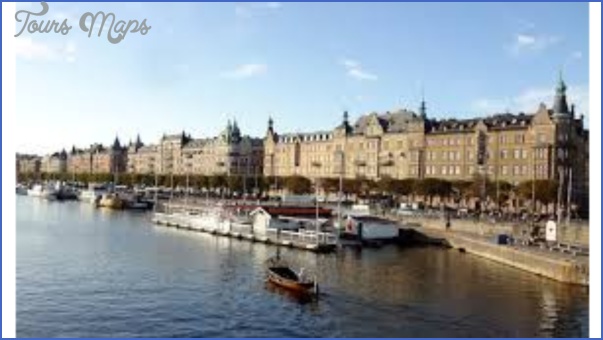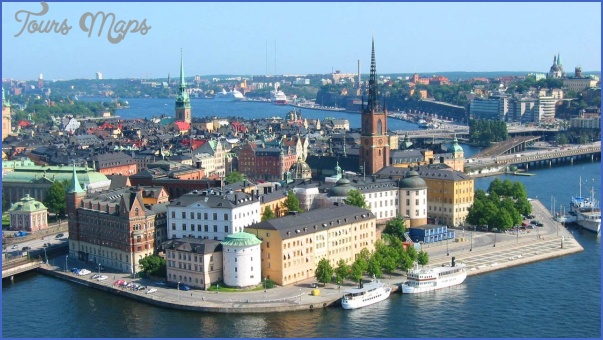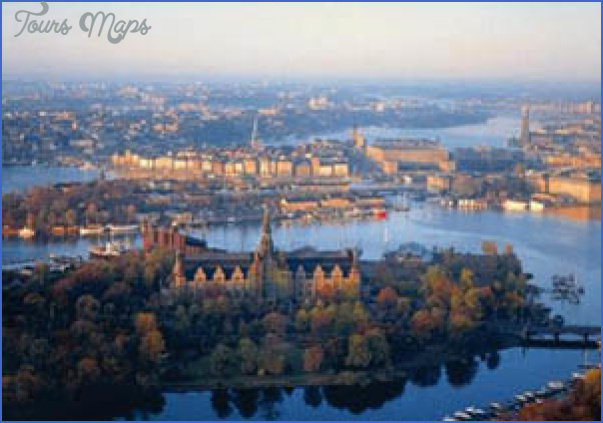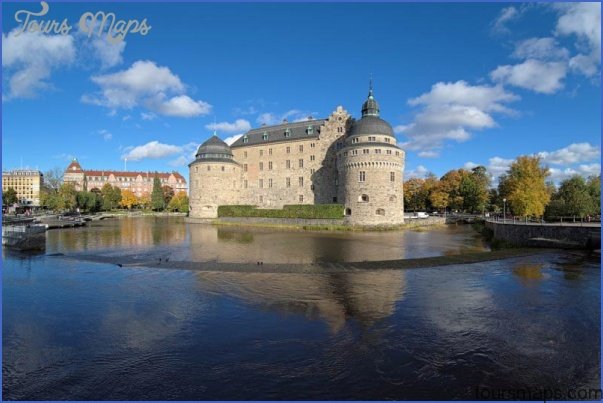This gifted energetic king beats back attacks by Denmark, Poland and Russia (battle of Narva, 1700) and carries the war into the enemy countries. On an adventurous expedition into the Ukraine, however, he is decisively defeated at Poltava in 1709 and flees into Turkey. In 1716, accompanied by two faithful followers, he rides in 16 days to Stralsund. He is killed in 1718 under the walls of the Norwegian fortress of Fredrikssten.
This ends the short period of absolutist rule in Sweden.
Towards constitutional government and neutrality
1719-72 The Era of Liberty.
After this collapse Sweden is compelled to give up, between 1719 and 1721, the Baltic provinces, Bremen, Verden and other territory in Germany, and ceases to be a European great power. Nevertheless the country makes a rapid economic recovery. The Estates limit the power of the kings (who from 1751 to 1818 belong to the House of Holstein-Gottorp). The war party, known astheHattar (Hats), drive Sweden into the Seven Years War.
1771-92 Gustav III.
The king recovers control of the government from the Estates by a coup d’etat in 1772 and establishes an enlightened despotism. He abolishes torture, introduces the freedom of the press and stabilises the coinage. In 1792 he is assassinated at a masked ball in a conspiracy by the nobility.
1792-1809 Gustav IV Adolf.
Moved by his abhorrence for Napoleon, Gustav joins the coalition against France, and loses Pomerania in 1807 and Finland in 1809. He is deposed in 1809.
1809-18 Karl XIII.
Travel to Sweden Photo Gallery
Maybe You Like Them Too
- The Best Cities To Visit in The World
- World’s 10 Best Places To Visit
- Coolest Countries in the World to Visit
- Travel to Santorini, Greece
- Map of Barbados – Holiday in Barbados

